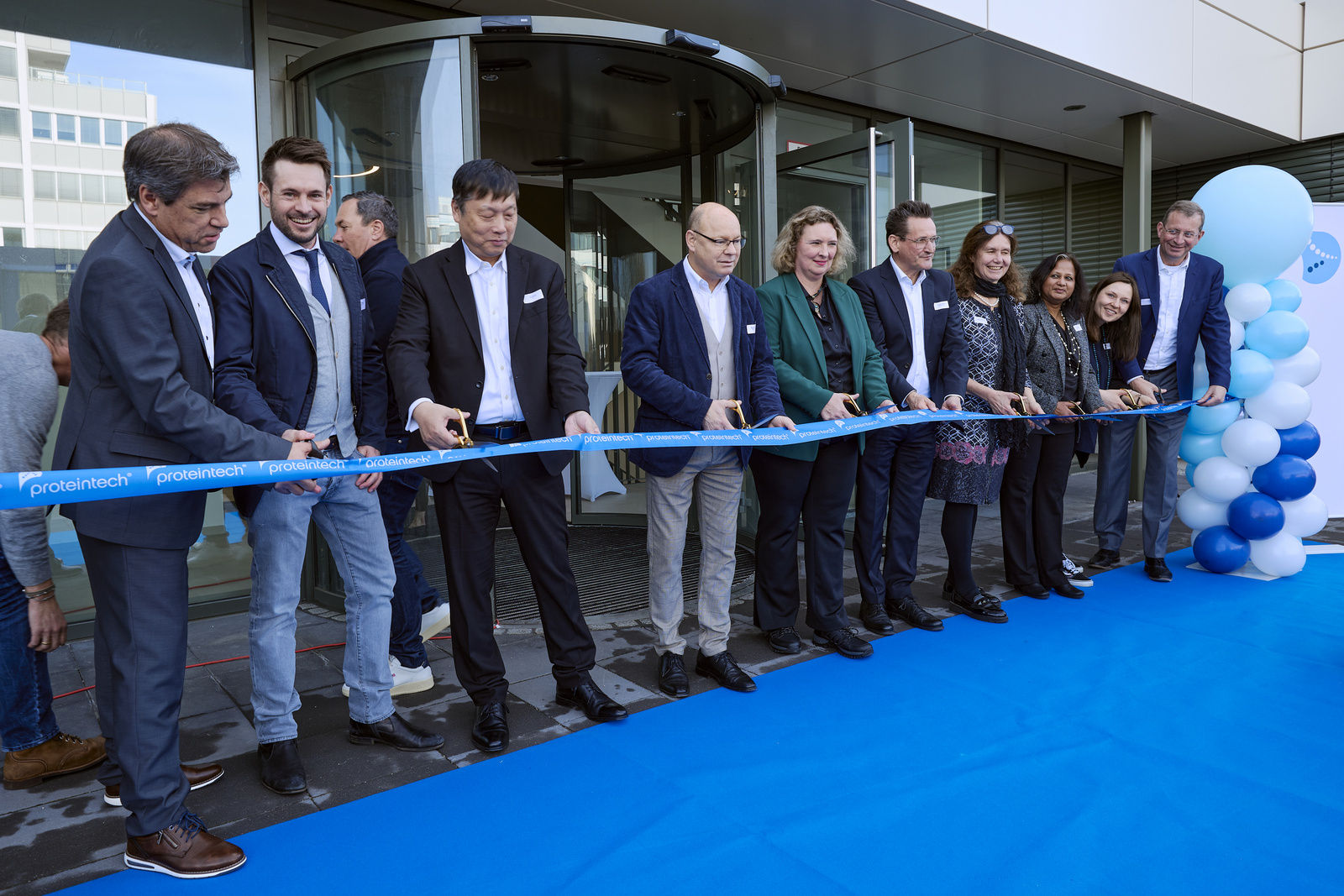- Startseite -
- Digital Bavaria -
- Blog #bytevaria - How Adidas is making innovative shoes out of spider silk fibres
How Adidas is making innovative shoes out of spider silk fibres
Spiderman is involved in developing shoes? It sounds like just a vivid imagination at first but it has already become reality. Dr Thomas Scheibel, also called Spiderman, has managed to synthetically produce spider silk fibres together with his team at the University of Bayreuth. Adidas has now created an innovative performance shoe using these so-called Biosteel fibres. The researchers and company are therefore prime examples of an important field of research in the region.
The University of Bayreuth has seen itself as a driver of the Upper Franconian region since its foundation, reason enough for the DLD Campus to make its first stop here two months ago. The conference’s aim is to deliberately focus on regions and universities and their special features away from major locations. It is part of Digital Life Design (DLD), which has established itself as a platform for opinion leaders and innovators from all over the world. This year’s roughly 550 attendees included the Vice President Design from Adidas, Sam Hardy, and Prof Dr Thomas Scheibel from the University of Bayreuth. Their topic: Biofabrication and the development of the first performance shoe made from Biosteel fibres, a reproduction of natural spider silk.

Biosteel fibres with superpowers
The process to market maturity took eleven years in total. The fibres produced by AMSilk in Planegg near Munich are the result of using a recombinant made from genetically modified bacteria, which is based on the spider silk protein of the European garden spider. The original motivation for the development of these fibres was a gap in the market for a totally biodegradable high-performance fibre based on nature. Dr Scheibel and his team have now filled this gap by developing the Biosteel fibre. Similar to Spiderman, the spider silk also has superpowers as it is not just recyclable and conserves resources in production but it is also as elastic as rubber and five times more tear proof than steel. Spider fibres are considered to be the most resilient fibres that can be found in nature and it is therefore not surprising that the super fibres can compete with steel and Kevlar in terms of tensile strength too.
On Spiderman’s trail with Adidas
Athletes in particular will be delighted with this material innovation as the biotech material is being used in Adidas trainers, among other things. Adidas presented the world’s first performance shoe made from Biosteel fibres, a reproduction of natural silk, in November 2016 at the Biofabricate conference in New York. Adidas has set completely new standards in terms of the sustainability and functionality of textiles with these fibres and has therefore established itself as the first manufacturer of a shoe made from reproduced natural silk. The material is 15 percent lighter than standard synthetic fibres which is why the materials are particularly ideal for running shoes and make any sprint a bit easier. At DLD Campus, attendees were able to examine a 3D printed concept example of the marathon shoe prototype developed by Adidas.
University research with a direct link to industry
By the way, the topic of new materials is not just given top priority at the University of Bayreuth when superheroes come into play. The strategic research area unites more than 200 scientists who deal with the research and development of new materials and their application from plastics to metals and complex multi-material systems.
The public research institute Neue Materialien Bayreuth GmbH (NMB), whose focus is mainly on the development of innovative process technologies and polymer lightweight components, acts as an interface with industry in the process. The Start-up Center of Bayreuth (Bayreuther Gründerzentrum), which helps start-ups from the sector to enter the market, is affiliated to the institute. Established and international companies can also find assistance here, for example if they want to outsource an innovative sector into new premises or are planning to set up a new branch. In addition, there is also purely practical support as the NMB has state-of-the-art plant engineering which allows for tests on both an industrial and laboratory scale. Thus guaranteeing the technology transfer from the university’s basic research into applied development and industrial practice.
The close relationship between basic research at the university and applied development as well as industrial practice makes the location a leader in the field of material research – who knows which superhero will be facing competition soon.

Chicago/Planegg-Martinsried: the US-based Proteintech Group triples the size of its site in Bavaria – with a key focus on research & development, production and logistics

How Companies are Mastering Today’s Challenges with Resilience


